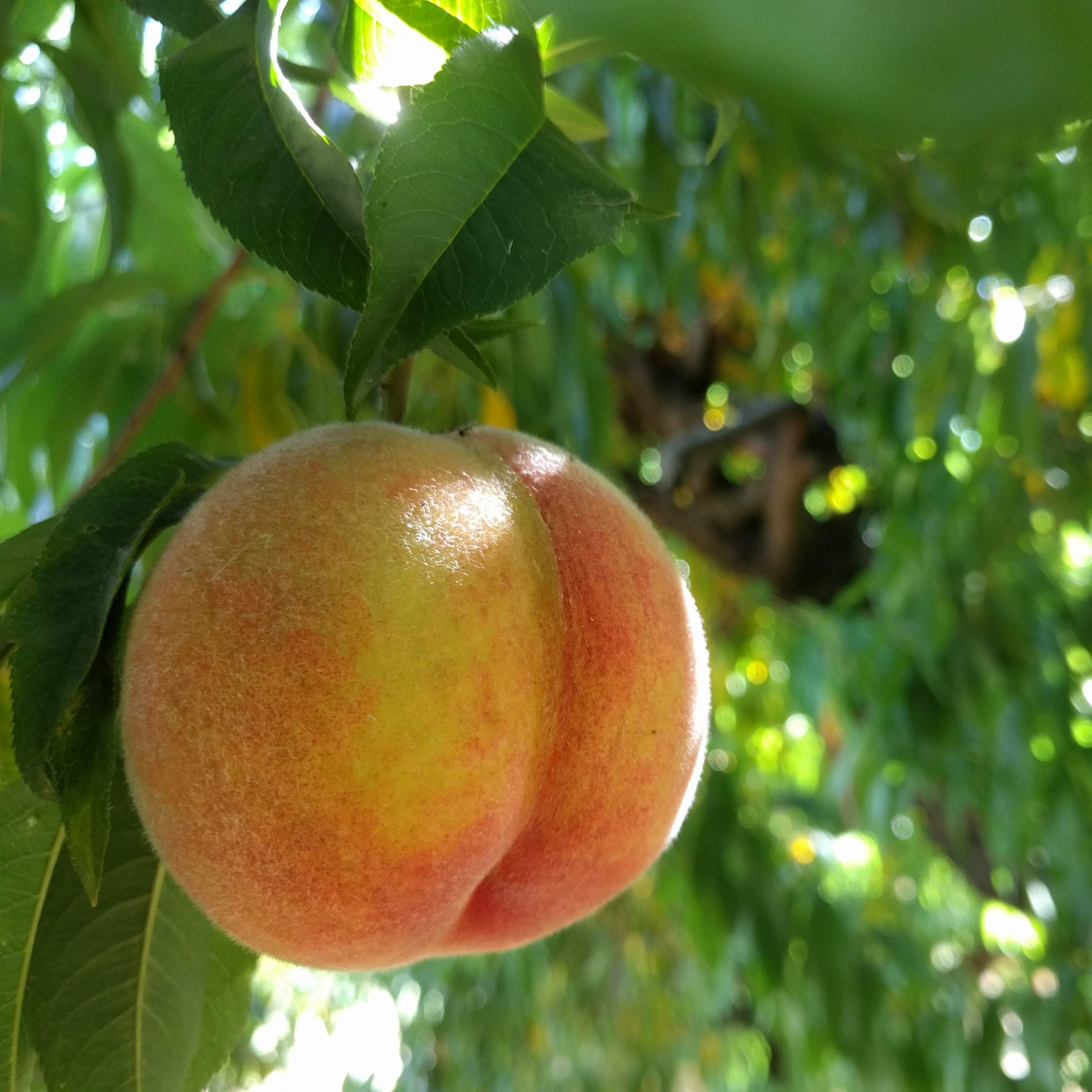I think food is one of the most important issues of our time. Growing up in SF in a family that shopped seasonally, I’ve always believed “you are what you eat,” and try to eat balanced and colorful meals. When I get too hungry, I tend to be bothered by everyone. No wonder disaster strikes when people don’t have access to food. This episode of YOLD looks at how a bread shortage started a revolution in Syria. We can’t operate at higher levels when our lower level needs aren’t met. Food security is the #1 priority.
You are what you eat

Ideally, of course, everyone would eat organic, locally grown veggies and get their milk and eggs from happy cows and chickens, all from farmers who they know and trust, fresh from the community market every week. But we live in a pretty imperfect world and the challenges to food production at even industrial scales are adding up quickly.
GMOs are a solution to the food challenge that face the most amount of skepticism. 67% of people say they believe that scientists do not clearly understand the health effects of GMOs, and the question of whether GMOs is safe is split about 50/50 among people with a college education (Pew). In Europe, where people are prominently pro-technology, they have the highest rates of skepticism when it comes to GMOs. Why is this such a divided issue?
Upon reflection, I realized that I had no idea what to think about GMOs. I have a vague distrust of them because it is so new and I have a sense that there may be some risk even if we can’t find one yet. Shopping with my mother meant a history lesson in ingredients to avoid: “this used to be in everything until they found out it is horrible for you.” Our beliefs about what is healthy always seems to be changing, and some health issues later in life are hard to track back to some peripheral ingredient. So why eat GMO when I could just not? I’ve never checked a label to see if something is genetically modified — clearly I don’t know enough to care that much.

So what are GMOs? Genetically modified foods have had their genetic codes manipulated in a lab through genetic engineering. The first one I heard of involved the injection of flounder DNA into a tomato to help it survive the cold. Kinda weird… And the tomatoes these days taste like spherical iceberg lettuce — I think fragility is part of the essence of a tomato, but I guess at least people can eat them year round in Canada. Another example is modifying crops to have tolerance to pesticides and herbicides, but more chemicals on our food is definitely a bad thing (NonGMO Project).
Yet GM and other agricultural technologies have a lot of potential for helping to address the food crisis. One example of this is shown by a study of the prospects for golden rice in India, which “found that the burden of vitamin A deficiency could be reduced by 60 percent, saving 1.4 million healthy life years” (Lynas). Powerful implications.
“We cannot afford the luxury of romanticized but inefficient agricultural systems like organic because the planet is already maxed out in terms of both land and water. Our only option therefore is to learn to do more with less. This is known as sustainable intensification – it’s about improving the efficiency of our most ecologically scarce resources.”
Mark Lynas, 2013
Lynas’ compelling article also cites the best regarded health organizations (WHO, AMA, US Academy of Science, and British Royal Society) that say that “consuming foods containing ingredients derived from GM crops is no riskier than consuming the same foods containing ingredients from crop plants modified by conventional plant improvement techniques.” Scientific consensus matters. I’ll trust the scientists.

